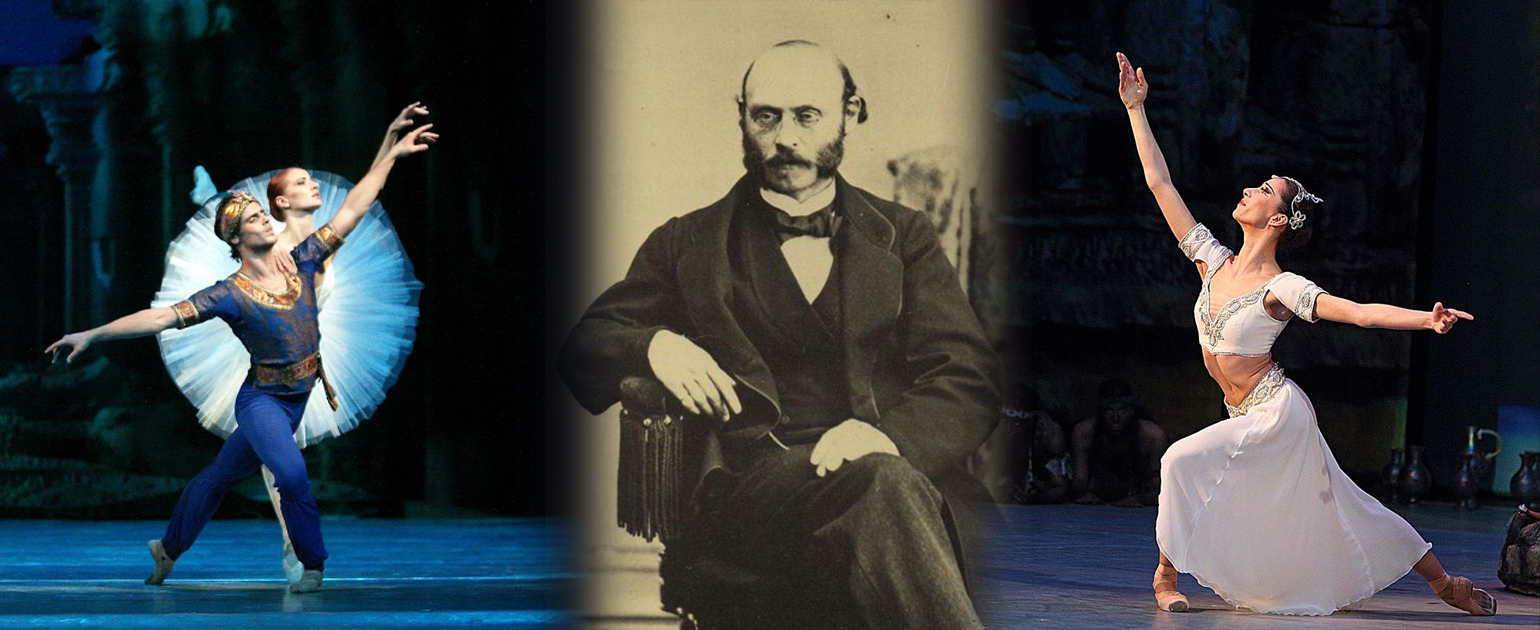Ludwig Minkus, one of the most emblematic ballet composers, as well as a virtuoso violinist and conductor, was born on 23 March 1865 in Vienna. His collaboration with the ballet master Marius Petipa gave birth to the beloved ballets “La Bayadère” and “Don Quixote”.
The oriental thematic is often touched upon in ballet in the 19th century. This is partly due to the fact that in 1838 a dance troupe from India visited Paris, and the audience was exceptionally impressed by the performance of the oriental dancers.
When the Prince of Wales visited India in 1875, and this visit was widely covered by the European press, Petipa was probably inspired to create the libretto for “La Bayadère”.
Despite the fact that the plot of the ballet takes place in India, the music of Ludwig Minkus makes no gesture to the traditional forms of Indian dance and melody. The ballet is essentially the essence of the romantic idea of the East, seen through the eyes of the European of the XIX century. Although some parts of Minkus' score contain melodies reminiscent of the Orient, it is still a clear example of the musical trends of the composers at the time and does not deviate from the usual series of lightly orchestrated melodic regiments, adagios and waltzes. In the same way, Petipa's choreography contains various elements that transport the spectator to the oriental atmosphere of the East, but not once does the ballet master go beyond the canon of classical ballet.
The ballet “La Bayadère” was created and staged for the benefit of Yekaterina Vazem, who was a prima ballerina at the time at the Bolshoi Theatre in St. Petersburg. Here is what she shared in her memoirs:
“In ballet, my next new part was that of the temple dancer Nikiya in “La Bayadère”, staged by Petipa for my benefit in early 1877. Of all the ballets I had the opportunity to play, this was my favorite. I liked its beautiful, very theatrical script, its interesting live dances in a variety of genres, and finally the music of Minkus, which the composer did especially well in terms of melody and its coordination with the nature of the scenes and dances.”
Sofia Opera and Ballet invites you to see “La Bayadère” on 8 and 9 April at 19:00 h.
